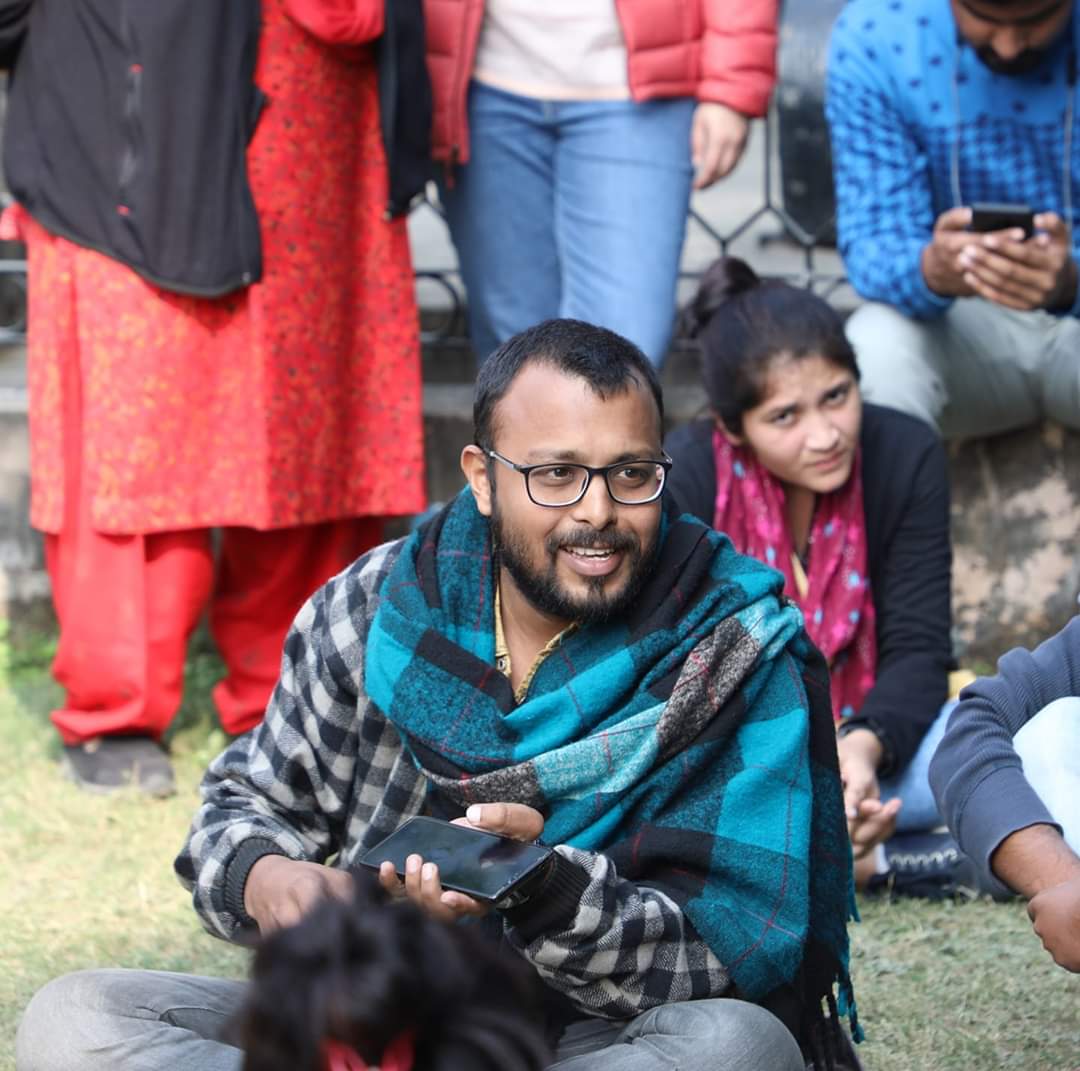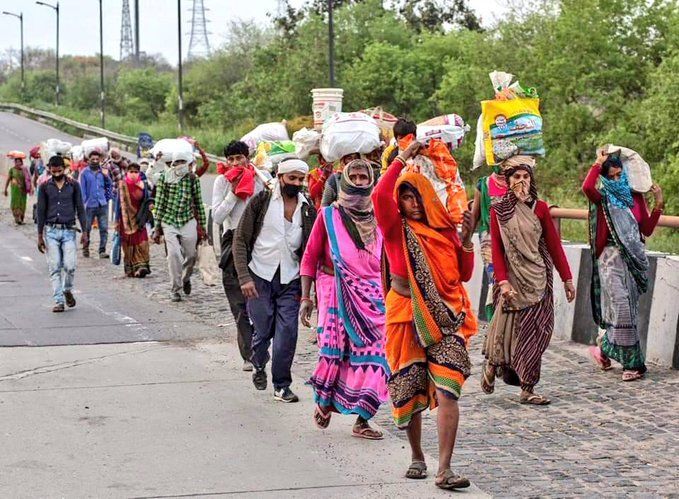Local administrations in villages gear up for migrant labourers and workers returning home
Many states have asked gram pradhans to ensure they stay in isolation; villages are converting primary schools into quarantine areas; Bihar is setting up facilities at border areas


The mass migration of labourers caused by the coronavirus lockdown has everyone in the administration concerned — they fear the consequence of any infected person spreading the virus.
Several states, including Uttar Pradesh and Bihar, are making preparations to deal with the huge influx of people returning home from places like Delhi, Mumbai and Gujarat. These preparations are vital to ensure the safety of the labourers arriving and the wellbeing of the villages they are headed to.
“We have converted primary schools in villages as quarantine centres. All gram pradhans have been asked to prepare a list of those who have returned to their villages from the cities. We will quarantine them for 14 days. If they do not show any symptoms after or during that, they may go home,” said JB Singh, district magistrate of Etawah district in Uttar Pradesh.
This is the case with villages in the whole of Uttar Pradesh, which has about one lakh labourers returning from cities. The state has asked all gram pradhans to prepare a list of labourers who have come from outside the villages. These labourers will be kept in quarantine at primary schools or advised self-isolation at home.
There are also health teams visiting villages that are reporting the return of labourers. In Banail of Bulandshahar of Uttar Pradesh, for instance, the health team of the district advised such people to stay at home.
Dilip Tripathi, pradhan of Hasudi Awasanpur village in Siddharthnagar district of Uttar Pradesh, said: “Four people returned from Mumbai in my village. I immediately notified the administration. At the same time, they have also been advised to stay in their houses. At first, they did not comply, but due to the firmness of the administration, they are now remaining inside their houses.”
Like in Uttar Pradesh, other states too are compiling a list of such labourers at the village level and advising self-isolation. Some villages have resorted to extreme steps due to lack of room to accommodate those returning. In Wangidi village in Purulia district in West Bengal, people returning from Chennai were made to stay in machans built on trees to monitor elephants, away from their homes.
A large number of migrant labourers are returning to villages in Bihar, too. When the labourers started leaving Delhi, Bihar chief minister Nitish Kumar was one of the first to express concern over it. “This exodus will fail the lockdown. This will also increase the risk of spreading the virus,” he had said. In view of this, the Bihar government has made elaborate arrangements at the border districts of the state for those returning.
On the preparedness of the government, additional chief secretary, home department, Amir Subahani, told a press conference on Sunday: “The labourers from other states have started arriving. Their stay and food arrangements have been made in the border districts. Camps have been set up in government schools in these districts to house and monitor them. If anyone is found corona positive, they will be kept in isolation.”
Director General of Police, Bihar, Gupteshwar Pandey said: “We have set up checkpoints in border districts like Aurangabad, Nawada, Jamui, Banka, Siwan, Kaimur, Gopalganj, Kishanganj and Baksar. In these districts, arrangements have been made for stay, food and quarantine of labourers. When they complete 14 days of quarantine, they will be sent to their villages.”
However, it seems officials may be struggling to make the necessary arrangements. A video clip shot by a journalist, Upashankar Singh, that went viral on social media, showed many people crammed in a camp. Some of them were crying, while some were trying to escape.
That, however, is not the scene everywhere in Bihar. Some public representatives have also worked out smart ways to keep their villages safe. When pradhan Ritu Jaiswal of Singhwahini panchayat in Sitamarhi district of Bihar, received the news that people of her village were preparing to return, she told them to stay where they were. The village society came together to provide them financial assistance so that they don’t suffer.
She said: “It is not time for people to travel. Had those people returned, other people in our village would have been at risk. We contacted them and helped them out financially. They may return once all this has passed. Meanwhile, it is better that they stay where they are.”
Villages that cannot prevent people from returning, Gaon Connection enumerates the precautions that need to be taken:
1.People returning to the village should keep themselves in isolation for at least 14 days. It is vital for the safety of their families and villagers.
2.Separation means a separate room, where they must stay put. If there is fever or any other problem, it should be informed to the administration through the pradhan
3.The pradhan also must identify such people and communicate their details to the administration.
4.Villagers should also follow the lockdown.
5.It is also the responsibility of the family members to keep a proper distance from people who have returned.

